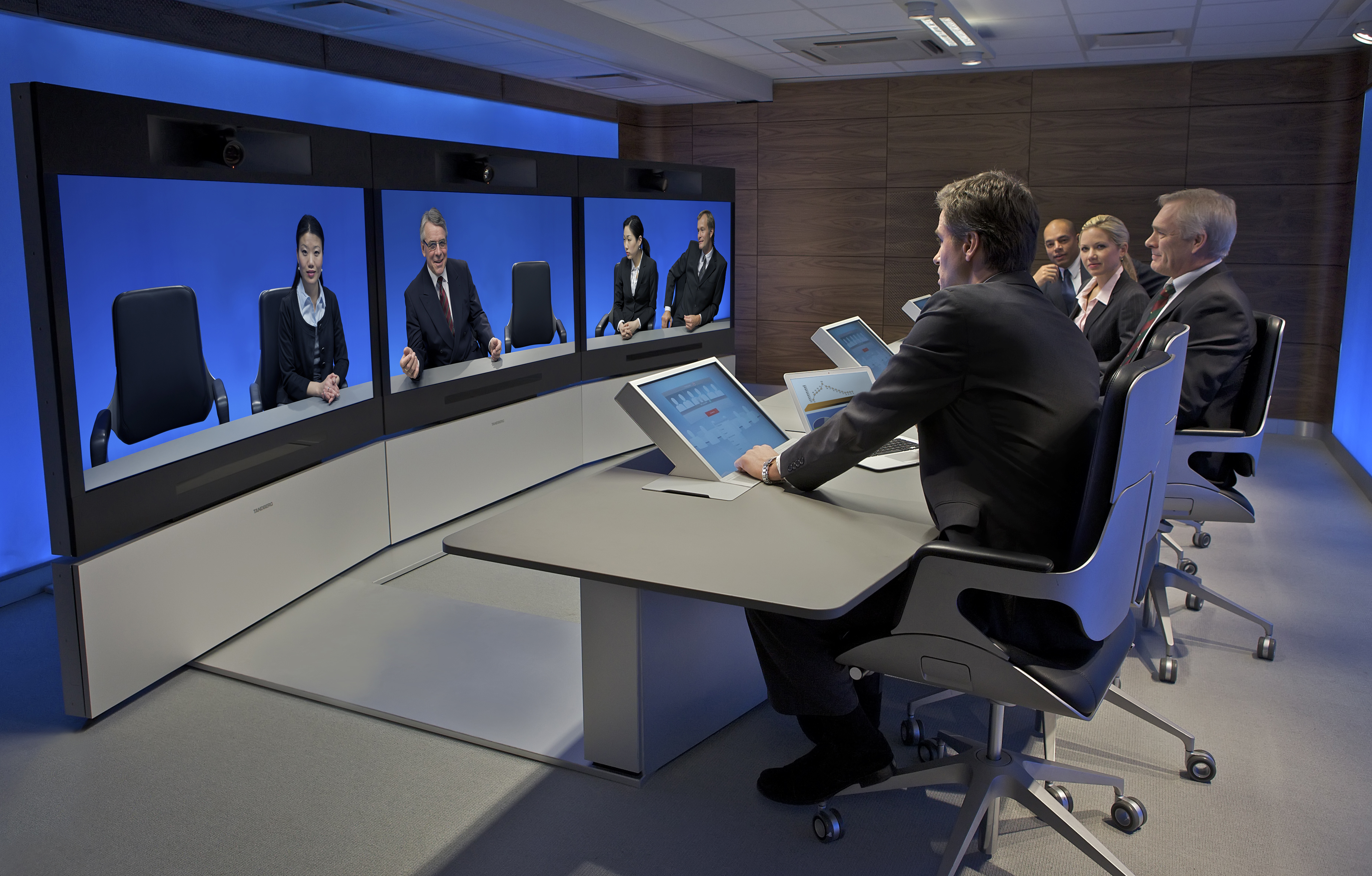Video Conferencing: Forecasts for 2015

The drive for results-based solutions is expanding to all areas of the work force. If it’s not producing results that justify the cost, managers and executives look instead for another way to get the results they need. The days of big budget expense accounts are gone, and the new leaner and more outcome oriented approach is in. While some are lamenting the death of expense account meals and those comfy first-class seats, others are enthusiastically adopting available technologies to accomplish more, do it better, and yield real time results.
It’s Not Just Budget Considerations
A Verizon report pegged the average busy professional as needing to attend as many as 60 meetings per month, with 37 percent of their time being spent in meetings. Naturally, this pace would burn out even the most ardent corporate warrior. The soft costs of all these meeting – those not reckoned on the company’s balance sheet – can be considerable. A stunning number highly educated workers between 30 and 64 describe themselves as being “somewhat disengaged” or “actively disengaged” from their work environment – the Gallup poll put the number at over 70 percent. More worrying, the American College of Occupational and Environmental Medicine linked frequent (20 nights or more per month) to significant health problems such as high blood pressure, unhealthy cholesterol levels, and sleep disorders. Other soft costs include the pressure of being away from home and family, and the work piling up in their absence, causing them to play “catch up” on return to the office, before leaving for yet another meeting.
Yet, 93 percent of workers love meetings.
They get to meet with coworkers, counterparts from other departments, form new relationships, learn, teach, and contribute. Good meetings help add to job satisfaction, and engage workers with their whole working environment, not just the back of their office door. So encouraging this engagement needs to be figured into a new balance sheet – managing the soft costs of operating meetings. For most communications executives, the answer has been a generational shift away from fattening the airlines’ wallets, and moving to cloud-based video conferencing solutions like Blue Jeans.
Head in the Cloud
Previous video conferencing solutions were proprietary, expensive room-based systems with high acquisitions costs, some required a dedicated operator, and their own subsection of an IT department. For this reason, adoption lagged until the wider availability of cloud-based applications. Frost and Sullivan note in their 2015 report that while these systems remain popular, users are seeking more flexibility, cost effectiveness, and feature rich applications in the cloud. With an exploding field of providers, the days of talking pixilated heads and server problems are falling to solutions that cater to the diversity of technological options available to modern workers such as laptops, smart phones and tablets, all of which support light, RAM and processor friendly cloud based applications.
Using video conferencing technology like the Blue Jeans Network is a lower-cost alternative to forking out for a big room system, but lower costs does not have to mean lower quality. Looking at the video quality of, say, an iPad, it’s pretty evident that the picture and sound quality of that devices is far superior to many 1080p television sets. With the growing availability of not only smart phones, but smart app-ready 4K video cameras from Panasonic, Canon, and other manufacturers, and 4K screens, even the most detailed of functions can be showcased to an audience of one, or one hundred with the same ease as having a video chat with friends.
Determine Your Needs
Scalability and flexibility are the most important considerations when selecting a video conferencing provider. While some providers would like to sell you that Boeing Business Jet model, you need to consider just how often you’d get that plane off the runway and in the air. Making the most of your capital means considering each expenditure carefully, and frankly sales people sell – if you like the pitch that much, hire that salesperson, but keep your wallet closed. There’s nothing wrong with using a smaller, more flexible, less resource intensive model that will fit the needs of your business, inside and outside staff, and deploy quickly without long installation times and capital outlays.
Finally, determine who needs to call meetings and why. Freeing up time is meaningless if those 60 meetings per month explode to 120. Focus not on meeting hours, but the results of those meetings by following up with the attendees, seeking their input and critique, and put that to good use. Why have 60 meetings when you could have 30 with the results of 60? Eliminate redundant meetings, eliminate meetings that are vaguely defined, and cut out the vanity meetings hosted by people who are calling a meeting less to accomplish an objective than to make everyone show up on command. Making meeting policies results oriented may damage some employees Candy Crush scores, but in the end it will improve soft and hard cost effectiveness across the board.
